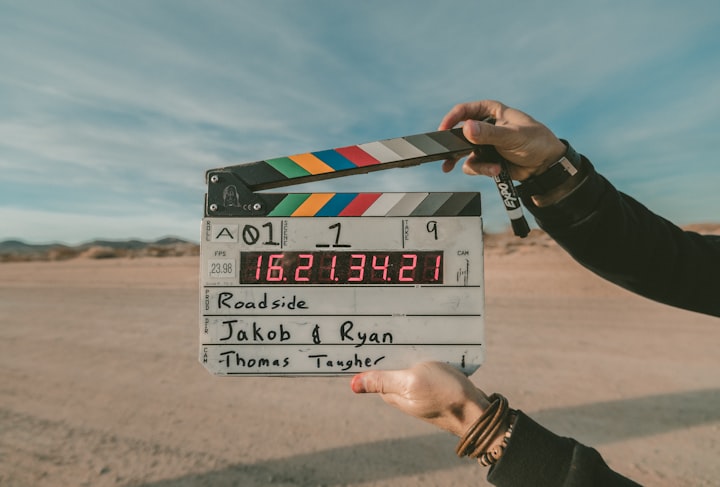Five Ways to Eliminate the Power Struggle So Everyone Wins
For teachers and leaders and teacher leaders who are tired of being met with resistance.

If you are a parent, educator, CEO, or leader of any kind, you may have, at one time or another, found yourself trying to get people to do something that they, for whatever reason, did not desire to do. Has your kid ever thrown a temper tantrum in the candy aisle, or simply refused to put their shoes on? In the classroom, students often communicate resistance by not being engaged, getting off task or being disruptive. In business, it may look like employees under producing, low morale or work dissatisfaction. However it looks, this is certainly NOT where you wanted to find yourself: faced with a power struggle.
In these moments, our first instinct is often to push harder. As a teacher, I have to catch myself when I notice my voice getting louder, competing for air time with my students, or becoming downright pissed-off.
But what if there is another kind of response that would actually be more empowering for everyone, and ultimately, more successful?
Here are five ways to eliminate the power struggle before it starts:
1. Pause.
Our first instinct is often to fight resistance with more resistance, which only creates more tension and separation (leading to less productivity). Taking a pause when we notice ourselves entering this power struggle is the first step to having it turn out differently (and better!)
2. Check yourself.
In this pause, check in with yourself. How is your internal state? Notice any stress in your body? Taking stock of your state is what allows you to change it, and this is key here. People, especially children, are highly perceptive. If your internal state is tense, frustrated, or downright terrified, people pick up on that and respond accordingly. Take a deep breath, and chill. Nothing is fucked here, nobody is going to die, and change is on the horizon.
3. Ask questions.
Next, ask yourself these questions: “What else is possible here? What is being communicated here and how can I respond to it differently?” Whatever information pops into your head after asking these questions is valuable, listen to it. Asking questions to yourself actually opens up your subconscious to receiving awareness and guidance. This is a great way to practice leading with your intuition.
4. Drop the agenda.
The next step is to let go of any, and I mean ANY, agenda you have for what the outcome of this meeting, lesson etc. will be. Literally, just drop it. Take a moment and observe what is happening around you, without any judgement of it. Are your students completely out of control? Are your coworkers giving you the stink eye? Are people falling asleep? Whatever it is, just observe and allow it to be exactly as it is right now.
5. Take action.
Once you have taken stock of what’s in front of you, choose which actions you would like to take, based on the information you’ve gathered. Sometimes, this is a good opportunity to change course completely. I like to reflect back to my students what I think they are communicating, and let them know that I hear them. Sometimes a break or some quiet time is needed, other times some movement or play is helpful. This is also a great time to offer choices, as it allows people (children and adults) to feel empowered and heard. Either way, take action based on your observations, rather than your original agenda.
When we become present with others and honest with ourselves, it opens up our ability to connect, and thus, lead and serve more effectively.
In my own classroom, I have noticed massive shifts in my students’ choices and behaviors when I respond this way. I notice that when I take time to see and hear them, allow space for that, and let go of my agenda, they have more choices available other than resistance. Students tend to self-monitor, self-correct and engage more actively when I use these practices in my classroom.






Comments
There are no comments for this story
Be the first to respond and start the conversation.